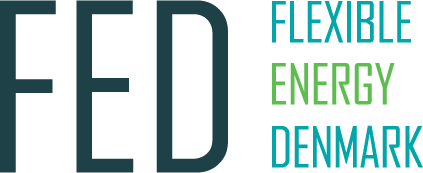Published 23. Feb. 2021
Towards the energy system of the future: Andrew Keane
Digitalization, Big Data, flexibility and energy communities – these are just some of the elements that will play a major role in the energy system of the future. Following the Green Digitalization conference 2020, we sat down with energy systems expert Andrew Keane (IRL) for a talk about the current state of the energy system in Denmark.
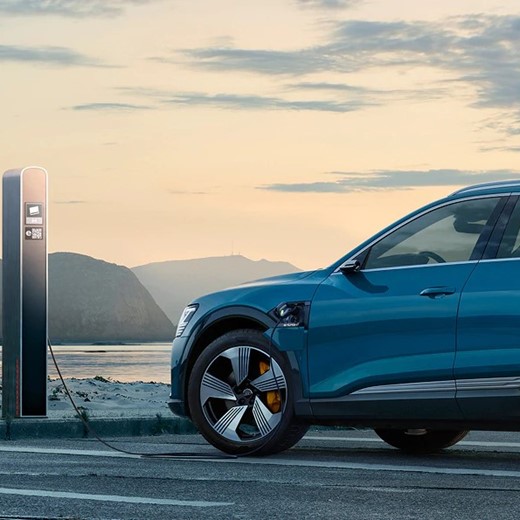
In the interview, Andrew Keane defined five focus points about the Danish energy system – now and in the future.
1. The challenges of electric vehicles
“There are different challenges connected to the focus on electric vehicles as a solution to reaching the decarbonization goals. In terms of decarbonization and reaching your ambitious goals, Denmark has a great track record on various fronts, in particular the integration of renewables into the electricity mix, but I think transport will probably be the hardest aspect of it. There are signs of increasing adoption of electric vehicles as an attractive option for consumers, but the question of how to improve uptake remains a challenge. Should incentives or grants be introduced, how long should they be maintained, and how can it be done in a fair and equitable way? The tendency moves towards more electric vehicles everywhere, so I’m hopeful.
The increased use of EVs will place new requirements on the electrical networks and the charging infrastructure, but our research within these aspects indicate that they can be overcome through improved tools, smart use of infrastructure and system management. And then of course there is the challenge that the FED project is looking into, namely how to integrate all that into the overall energy ecosystem.”
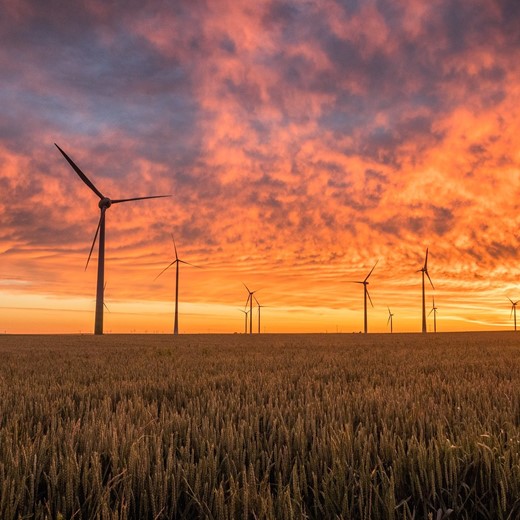
2. A need for increased stability and reliability
“No matter whether we focus on building more wind turbines, adding more sustainable types of fuel into the balanced energy system or aiming for digital balance and flexibility, we need to maintain a focus on the actual infrastructure of the energy system. Once we go down the electrification path in order to reach our decarbonization goals, for example through the electrification of heating and cooling, this becomes even more important.
Increasing numbers of connected devices, along with increasing levels of variable generation, changes the fundamental operation of the electricity system. Things like security of supply, stability and reliability, for instance, will be even more crucial when electricity comes to play an even bigger role in our societal infrastructure. In Denmark, you are part of a larger system with interconnection on all sides, but countries like Ireland have different challenges in that regard because we are an island. And with the Brexit transition period coming to an end there is the question of national borders, EU borders and so on, that also needs to be solved.“
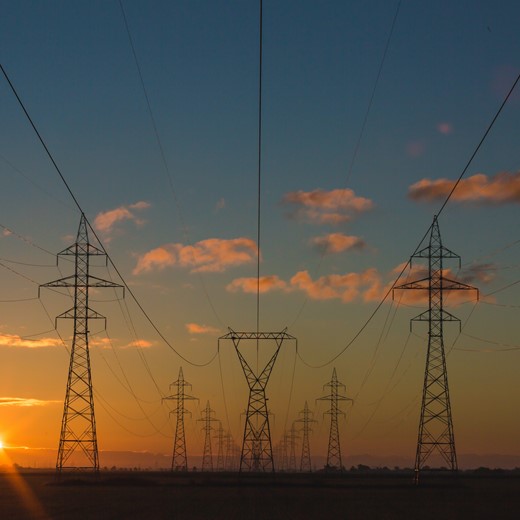
3. Interconnected grid for increased use of renewables
“When looking at the European energy system of the future, we already see a highly interconnected and interdependent system or systems. We have seen examples in the past of how poor coordination between national control centers has led to blackouts and grid issues, however the increasing interconnection is now reflected more in the energy market arrangements and I think this will develop further as interconnection grows.
If you look at a high level, though, you see the distance between where the major renewable energy sources are and where they are needed. For instance, there is a huge volume of energy in offshore wind yet to be extracted, and this will require energy transmission on a more continental basis to reach the energy demands in the center of Europe. So in that respect we will move towards a super grid or a highly interconnected grid across Europe – of course allowing for political and national challenges, as mentioned above.”
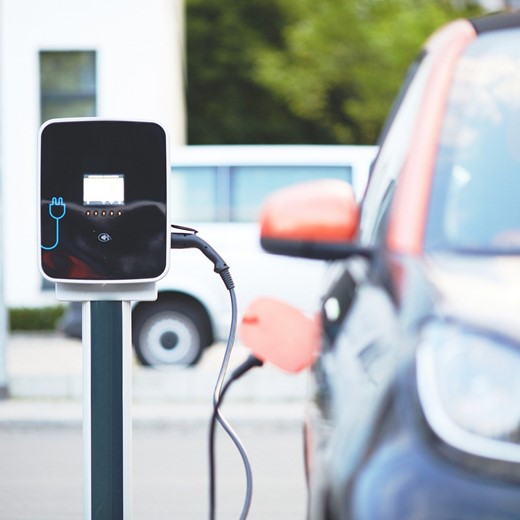
4. The flexibility challenge
“Flexibility will be a key challenge of not just the Danish but the larger European energy system of the future. We are talking about a grid handling everything from a residential level right up to the high-voltage transmission across great distances; interconnecting local infrastructures with the European market. This creates a great need for flexibility.
It is easy to say, well, we have all these electric vehicles and we have this amount of power, and we just need to balance the power and the demand, but translating that into reality is a very difficult challenge, as you well know in the FED project. But it is also a really big opportunity – especially if you widen the scope and include things like hydrogen or biogas or wastewater as flexibility sources. It will be very different from country to country and region to region, but there is a higher-level picture that needs to be watched closely, once you start interconnecting all these different aspects of society. The potential in terms of sustainability and decarbonization is huge!”
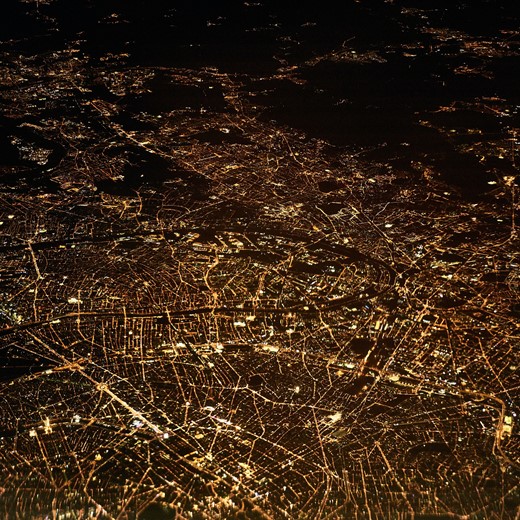
5. How to bring the consumers along
“One of the important aspects of all this is the consumer. We need to bring people along on this journey. Fortunately, we are currently seeing almost a kind of activism among the students at the universities in terms of the climate crisis, so I think in a few years’ time, we will really feel the impact of that as they move into the workplace and different professional settings.
But at a basic, private level, consumers of all ages need to be willing to change things. And I think this needs support, education and incentives. One aspect to look at could be the tariff structures and the pricing of electricity and energy – in that way the consumers would see flexibility as something positive rather than being suspicious of it. There is still quite a bit of suspicion around things like smart meters, people worrying that “Big Brother will be watching you” – quite forgetting that we already have a device in our pocket most hours of the day that can do exactly that. So there is a significant communications challenge to be solved there, but I really think the overall message is a positive one.”
